Economy
Draining the Reserve: How the RBI Became the Government’s ATM
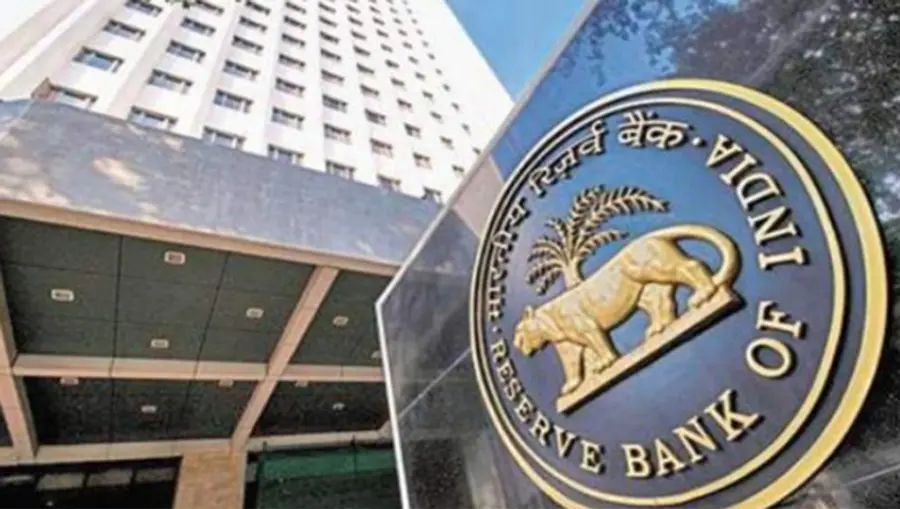
S S Anil
Published on Jun 19, 2025, 06:42 PM | 7 min read
The annual report of the RBI for the year 2024-25, duly signed by its Governor Shri Sanjay Malhotra, was released on 28 May 2025. The visual and online media on the same day, and the print media on the following day, made public the figures relating to the amount transferred by the RBI to the government of India from it's reserve fund. The RBI has handed over RS 2,68,594.07 crore from it's reserve fund to the GOI for the FY 2024-25.
One Malayalam daily reported this news with the headline "Bumber surplus for union government". An English newspaper carried the headline "Record surplus". Similar headlines appeared in other dailies also. Last year too, when Rs 2,10,877.99 crore was transferred to the GOI, the newspapers came out with identical headilines. At the same time, it can be clearly seen that the the majority of the media tried their best to give a clean chit to both the RBI and the government of India in the matter.
The media strived to explain that the RBI transferred this much amount to the GOI even after setting apart 7.5% from the balance sheet to it's Contingency Fund, which in percentage terms, is higher than what was earmarked for the Fund last FY. This superficial reporting of the RBI's transfer to the GOI, without any mentioning of the related factors like RBI's profit, the Contingency Fund and how much was it's size in the previous years, is likely to project the fund transfer as an achievement of both the RBI and the GOI.
New ways of looting
The profit of the RBI is considered as it's reserve fund. The income of the RBI is derived from the following. First the interest received from the investments in Indian/foreign debt instruments, foreign investment and the financial transactions related to implementation of monetory policies (Repo & Reverse Repo). Secondly the earnings from foreign currency transactions, appreciation in the value of government securities and commissions.
Cost of printing and distribution of currency notes (On 8 November 2016, at the time of the Note Ban, the RBI had said that the total value of currency in circulation was Rs 17.9 lakh crore. As per the latest balance sheet of the RBI it has increased to Rs 36.87 lakh crore), agency commission and the interest payable in relation to implementation of monetary policies are the expenses that the RBI has to meet. The surplus income of the RBI is arrived at after deducting the above expenses and also the amount earmarked by the central bank for industries and rural development. The amount that is set aside from this surplus income is the reserve fund of the RBI or the money provided for the protection of the economy of the country.
This being the situation, the RBI always keeps utmost vigilance in the management of it's reserve fund. Fixed amounts from the profits used to be set aside for Contingecy Fund and Asset Development Fund in the balance sheets of the RBI. The amount earmarked in the Condingency Fund is meant for meeting the unexpected exigencies that may arise in the ecomomy of the country in the future. In other words the contigency fund means the real reserve money for the protection of the economy of our country. In addition, the RBI keeps Rs 4 crore as reserve fund. That will be used for National Industrial Credit Fund, National Housing Credit Fund and National Rural Credit Fund.
It was the long practiced policy of the RBI to transfer the balance amount, after providing for it's various funds, to the GOI. However, from FY 2019-20, the Asset Development Fund was totally removed from the balance sheet of the RBI. Contribution to the condingency fund was also drastically reduced. Because of these actions, the amount transaerable to GOI from the contingency fund also increased in a big manner. Thus, in reality, the RBI, using novel ways of looting, is handing over to the GOI the reserve fund meant for protecting the economy of the country.
Those in the the top brass supporting the loot
In 2019, just before the general elections, the union government asked the RBI to hand over Rs 2 lakh crores from the contingency fund. But the board of the RBI rejected the request citing that it's consequences may adversely affect the economy. That the return of Modi to power was followed by the resignation of Viral Acharya, one of the Deputy Governors of the RBI and also the handing over of Rs 1,75,988 crore to the GOI is part of the history now. An examination of the figures relating to the contingency fund of the RBI and the amounts transferred from it to the GOI from 2014-15, which is shown in the chart below, will reveal the real picture of the loot that has led to the draining of the economy of the country.
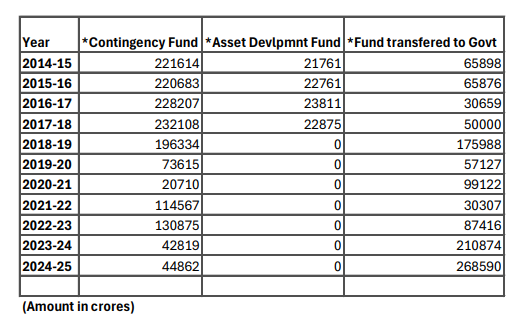
When we reach from 2014-15 to 2024-25, the conflicting changes that took place in the share of profit earmarked to the contingency fund and the amount transferred to the GOI by the RBI becomes clearly evident. A scrutiny of the working of the RBI in the past 11 years will reveal that it's competency has not come down even a bit. It has succeeded in effectively assessing each and every movement in the economy of the country and making profit every year through accurate management of its income and expenditure. However, the central government is following, in the RBI also, the same policy of installing the sycophants of the ruling party in key positions at the top, which has already been effected in several constitutional institutions and public sector undertakings.
The prime responsibility of the RBI is to safeguard the economy of the country. It is for this purpose that the central bank is mobilising contingency fund and other funds under other heads. Thus every citizen of the country has a right on the reserve fund of the RBI. It is this reserve fund that is being looted by the central government. Even though the union government is pocketing lakhs of crores in this manner, it is not willing to make changes in policies so as to assist the states by sharing this huge amount with them. The RBI is getting a part of the earnings of the public sector banks in the form of Statutory Liquidity Ratio (SLR) and Cash Reserve Ratio (CRR). The central bank, known as the banker of all other banks, is not taking any action to end the loot of ordinary public by the banks like levieing of charges for ATM usage and non maintanence of minimum balance and collection of various other commissions, which are used to serve the corporates by writing off their debts.
No part of the profit of the RBI is being set aside for the National Bank for Agriculture and Rural Development (NABARD) set up with the aim of assisting the rural sector. In short, those who lead the union government is indulging in a colossal loot for political objective by taking away a huge chunk of money from the contingency fund of the RBI. The government will place only those who support this move at helm of the RBI. The public should mobilise and react against this huge loot that has become a big threat to the stability of the economy of the country.
(This article is authored by the President of the Bank Employees Federation of India)



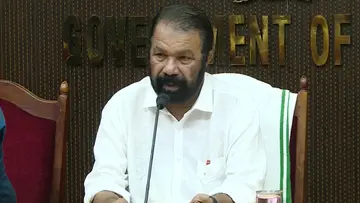
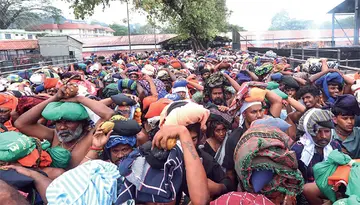
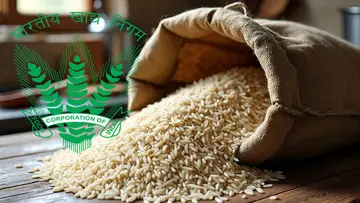

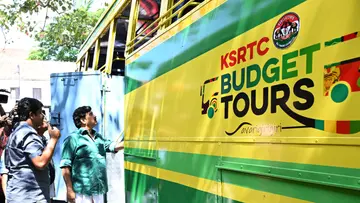
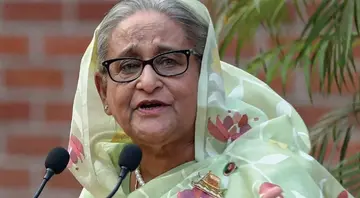

0 comments